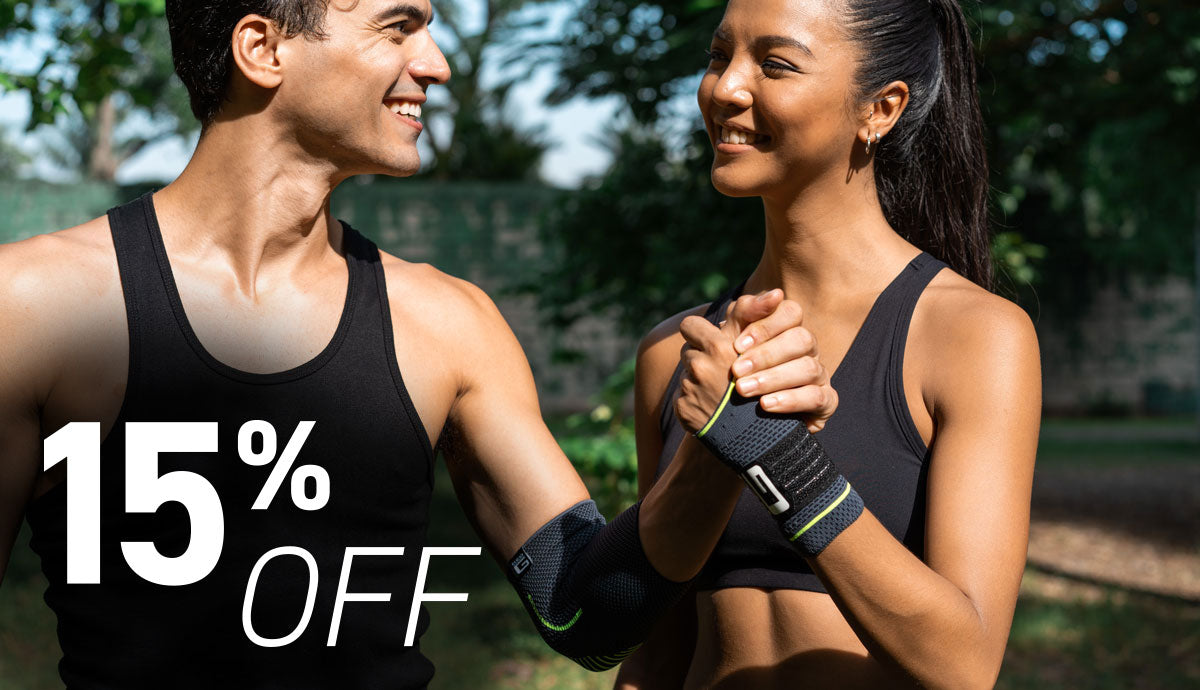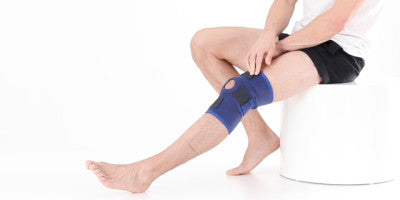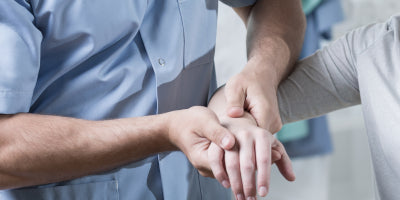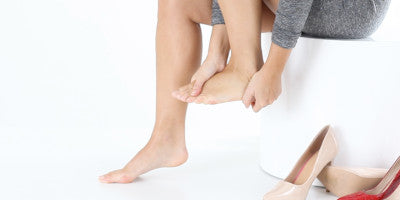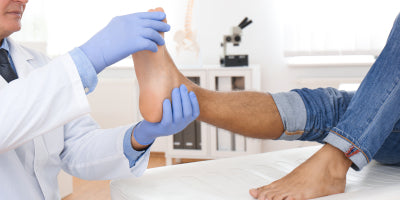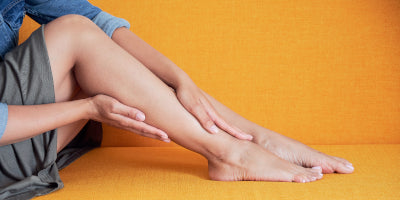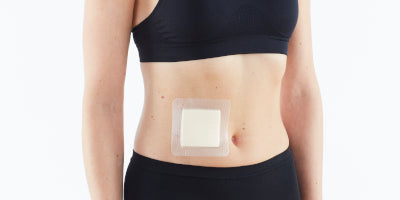What is Runner's Knee and how to beat it?

If you’ve ever been unlucky enough to suffer from runner’s knee, you’ll be familiar with how frustrating and painful this common condition can be. This common ailment, which can inflict runners and other athletes alike, causes a dull pain behind or around the top of the kneecap and accounts for up to 25% of all running injuries. [1]
But what is runner’s knee? Runner’s knee is a term used to describe one of several different repetitive strain injuries on the knee that can cause pain around the kneecap, which might worsen when sitting, climbing and descending stairs, and with excessive use. The most common is patellofemoral pain syndrome, caused by stress in the joint between the kneecap and thigh bone, but iliotibial band syndrome is also another common cause, and occurs when the iliotibial band that runs along the length of the thigh gets inflamed.
What causes Runner’s Knee?
Runner’s knee isn’t just caused by running – although it is a particularly common condition amongst runners, cyclists and walkers. There are several factors which might cause runner’s knee:
- Overuse – excessive training and running and any exercises that involve repetitive knee movements, such as lunges, can irritate the tissues in and around the kneecap and lead to pain.
- Foot problems – hypermobile feet, fallen arches and overpronation, where your feet roll inwards while you walk or run, can all put extra pressure on the kneecap, causing runner’s knee.
- Weak or tight thigh muscles – strengthening the muscles in the thigh area could help alleviate symptoms.
- Misalignment of the knee – if the bones from your hips down to your ankles are out of position this can put pressure on the knee, causing pain.
- Trauma to the knee – if you receive a blow to the knee this could lead to the pain and irritation associated with runner’s knee.
How to treat runner’s knee
It might be frustrating if you’re used to exercising regularly, but rest is the best way of treating runner’s knee and can help to speed up recovery. You should try to avoid activities which aggravate the pain, in particular, running, squatting, lunging and sitting for long periods of time.
Icing the knee cap can also help to reduce swelling and pain. Ice the area for 10-15 minutes every few hours for 2-3 days or until the pain subsides. Our 3D Hot&Cold Therapy Discs can help to ease swelling in the muscle, reducing inflammation and soothing aches and pains.
If you suspect weak or tight thigh muscles could be the cause of your runner’s knee, try strengthening and stretching exercises.
If self help measures don’t work, consult your GP, who might be able to arrange an appointment with a physiotherapist who can get to the route of the problem.
How long does it take to recover from runner’s knee?
This really depends on the severity of your symptoms. Ensuring you give your knee adequate time to heal is the best chance of recovery but everyone is different, and what might take one person a week to recover from could cause someone else to take three months off. On average, a period of between 4 and 6 weeks of rest from running is usually adequate to allow you to recover. [2]
Can I run with runner’s knee?
If you feel any pain at all when running, try stopping and stretching for a moment to see if this helps, but don’t push on if the pain remains. As you rest and recover, start slowly if trying to get back to running. Try 10 minutes to start with – if you can do that pain free, progress to 15 minutes and so on. Slow and steady will win the race and lessen your chance of getting injured and going back to square one.
Will a knee support help runner’s knee?
If you’re suffering from runner’s knee and want to get back to running or other sporting activities, a knee support can help support and stabilize your injured knee.
Our Airflow Plus Support provides targeted yet flexible compression to the knee joints and muscles, helping you feel more confident about getting back out on the road.
If you know your condition is caused by Iliotibial Band Syndrome try our ITB strap, which has been specifically designed to ease lateral knee pain. Constructed from heat therapeutic neoprene, the band helps support muscles during movement, easing symptoms.
If you continue to struggle with symptoms, consult with your GP or a physiotherapist.
[1] https://www.everydayhealth.com/knee-pain/runners-knee.aspx
[2] https://www.kinetic-revolution.com/how-long-does-it-take-to-recover-from-runners-knee/

If its rest and recovery you need, our hot and cold therapy range offers just that. While heat therapy helps to target muscle and joint pain by relaxing muscles and improving blood flow, cold therapy works to tackle muscle swelling, soothing aches and pains.
